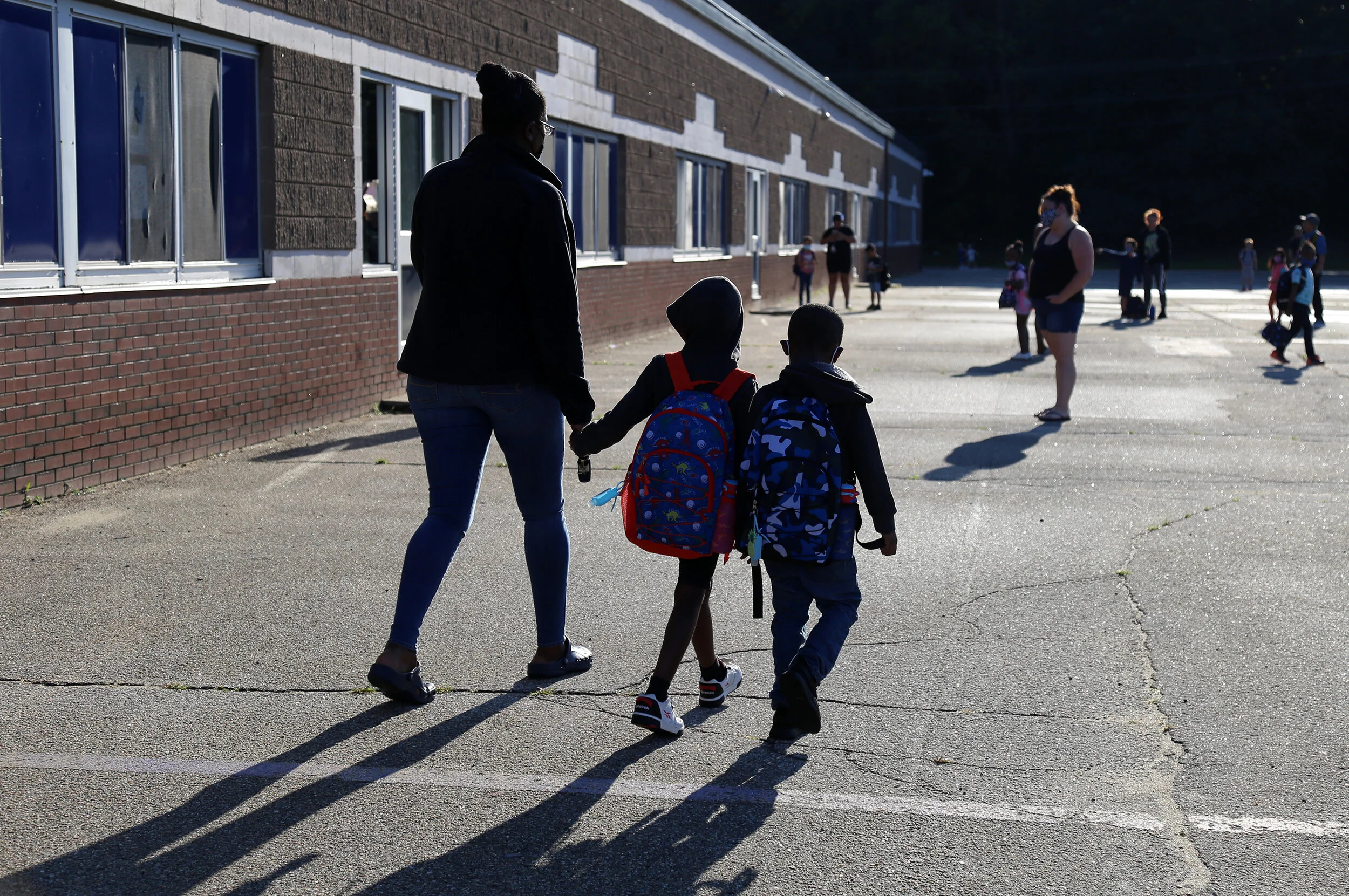Imagine walking into a secured prison yard. One so secured with the walls so high that when you look up, all you see is the sky. You go back to your cell. It’s so loud and the potential for violence so ripe, you’re always on high alert. It’s easy to succumb to that culture. How do you cope? How do you pass the time in a place like that?
'A clear winner': How education in prison can help people after release
Evenor Pineda didn’t graduate high school the first time around. But after landing in state prison in his 20s, he worked toward his degree through Granite State High School — part of a special school district for people serving prison time in New Hampshire.
“The first half of my sentence, I was in the mix,” Pineda, now 39, of Nashua, said in a recent interview. “You know, I was still kind of walking that fine line between these two worlds where, sure, I went to school and I participated in programs. But I also was very involved with the politics, you know, the gang life, and all that stuff.”
Exploring race and diversity beyond the classroom
Exeter Region Cooperative District is slightly less diverse and more wealthy than the state as a whole.
According to the New Hampshire Department of Education, in 2020-21, about 91% of students were non-Hispanic white, while nearly 4% of students were Asian, 2.5% were Hispanic or Latino, about 1.4% were multi-racial and about .8% were Black. About 4.2% of students at Exeter High were eligible to receive free and reduced lunch.



